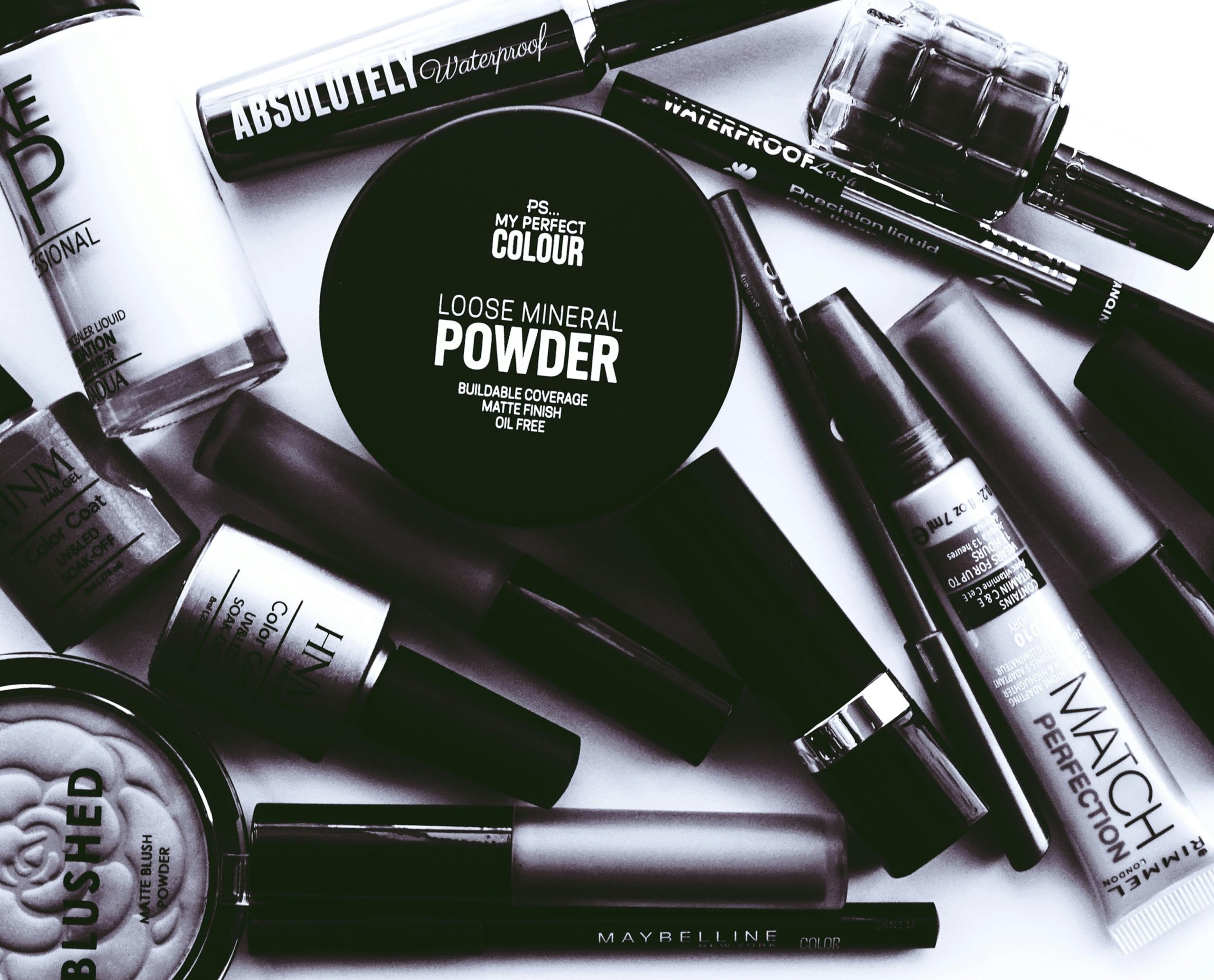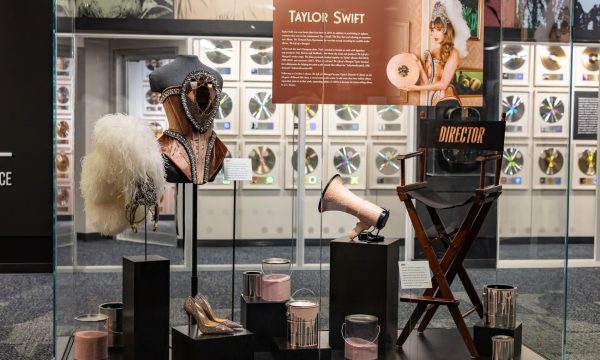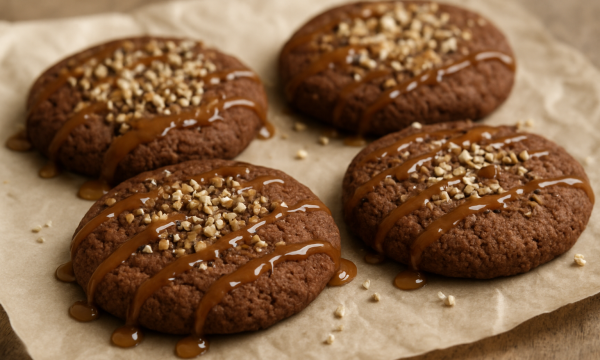Beauty experts have revealed that mascara and liquid eyeliner are the makeup items most likely to harbor harmful bacteria and warn that you should replace these products every three months to avoid infections.
Beauty and wellness experts on the Fresha Marketplace say: “Many people keep cosmetics far beyond their safe use-by dates and may unknowingly find themselves reaching for expired products when creating their Halloween look. That’s because they’ve purchased products to use this time last year and then put them in storage as they are different from those they use day to day.
“These products may include tinted mascaras and liquid eyeliners, cream products like face paints or eyeshadows, and dark liquid lipsticks. It’s likely that only a small amount of these products was used at Halloween, and so we put the remainder aside to use later and not feel wasteful.”
Mascara and liquid eye products pose the highest risk, as the experts explain: “Mascara tubes are warm, moist environments that bacteria love. Each time you pull the wand out, you’re exposing the product to air and potentially introducing new microorganisms when you put it back in. Even if you’ve only used the mascara once or twice, it’s still exposed to bacteria.”
The beauty specialists explain that mascara should always be replaced every three months regardless of how much product remains. Tell-tale signs it needs binning include a change in smell, dryness, or clumping.
“Lip products come into direct contact with your mouth, making them particularly prone to contamination”, the experts say. “It’s likely that you’ve purchased a darker lip shade for a Halloween look than you’d wear normally and are planning to reuse it again this year. However, it’s not safe to do so.”
Liquid lip products like gloss need replacing every six months, while traditional lipsticks can last up to a year if stored properly. Signs of expiry include changes in texture, separation of ingredients, or an unusual smell.
Makeup sponges also hide shocking amounts of bacteria. “Your makeup sponges and brushes collect not just bacteria but also dead skin cells, oil, and product residue,” the beauty experts warn. “They should be washed weekly at minimum and replaced every three months.”
Consumers often underestimate how quickly these tools become contaminated. A grimy sponge can transfer bacteria directly onto skin, potentially causing breakouts.
“Foundation and cream products also deteriorate faster than you think. Liquid foundations, especially those in pump bottles, can last up to a year, but products in jars where you dip your fingers repeatedly need replacing every six months. This packaging type is very common among the face paints used for Halloween looks.”
Signs a foundation or cream product has expired include separation, change in color, or an off smell. While using clean tools rather than fingers can extend the lifespan of these products, it’s safer to scrap any from last year and start again.
While powder products have the longest shelf life, any that were purchased this time last year still need to be thrown away, Fresha warns. “Powder eyeshadows, blush, and bronzers contain less water, making them less hospitable to bacterial growth. These can typically last 12-24 months if kept clean and dry. However, using wet brushes or sponges on powder products creates a breeding ground for bacteria.”













